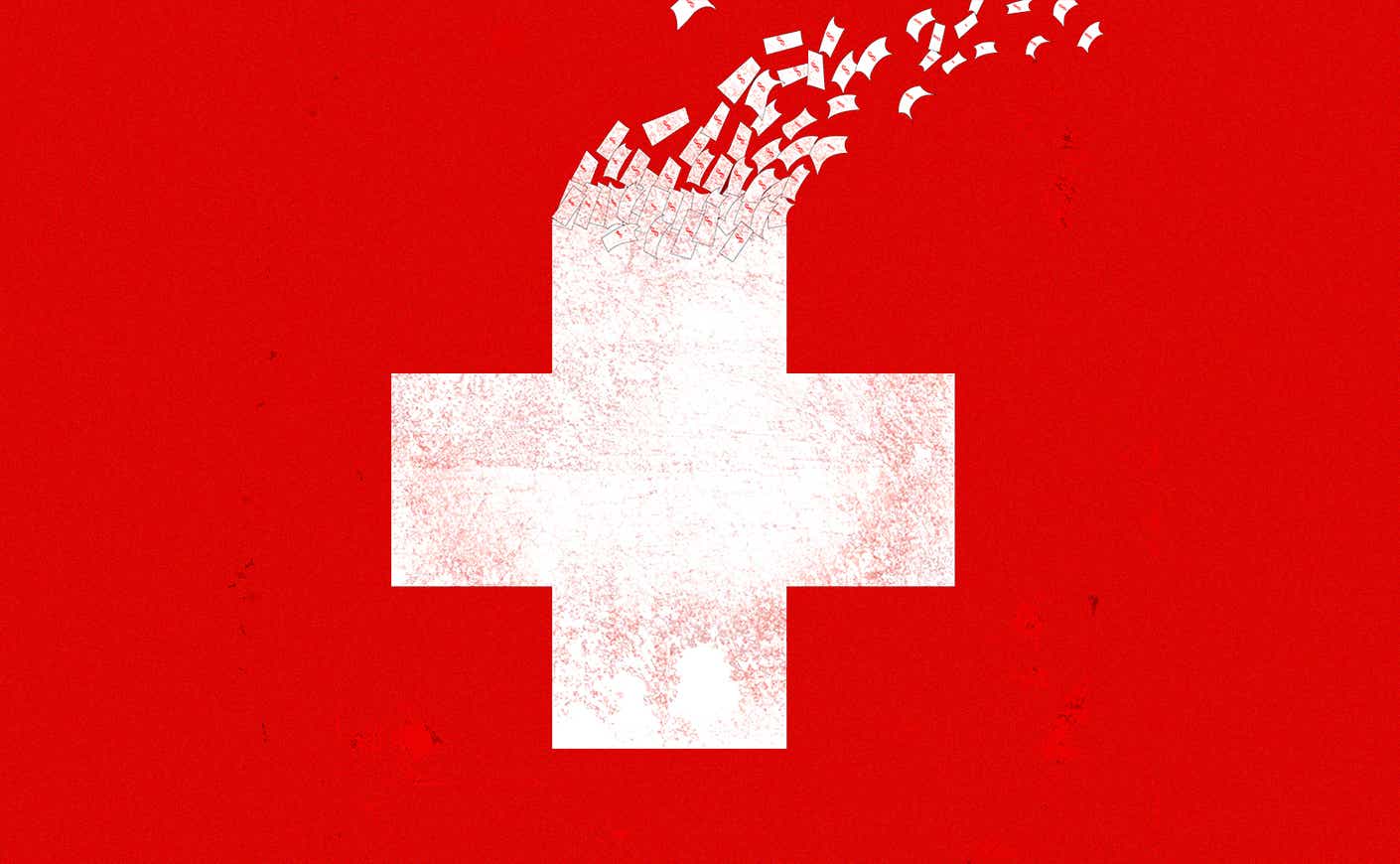Do you or someone you know get healthcare through Medicaid? Well, if so, you might want to listen up: some Americans could be booted from their insurance coverage.
Starting this year, all states will starting evaluating whether to remove Americans from Medicaid coverage who are no longer considered eligible for the government-sponsored program that helps alleviate medical costs. As a result, the Kaiser Family Foundation estimates that anywhere from 5 million and 14 million people will lose this coverage.
Unfortunately, the move could have some serious, far-reaching consequences for Americans in the program, which is geared towards low-income adults, including the elderly and those with disabilities. After all, Medicaid offers vital benefits that other health insurance programs like Medicare don’t traditionally cover, such nursing home care and personal care services, according to the U.S. Department of Health & Human Services. Another key distinction between the two programs is Medicaid is a joint state and federal effort, whereas Medicare operated solely on a federal level.
But before you panic, here’s what you should know and what you can do if you’re kicked off Medicaid.
What’s going on with Medicaid?
For the first time in three years, the federal government will start requiring states to start checking everyone’s Medicaid eligibility based on various personal information, like income and household size. If you no longer qualify, you could lose coverage.
States are expected to send out forms for coverage renewal via mail, and you have 30 days to fill it out — otherwise, you might be may be dropped from Medicaid. If you often forget to check your mail or are concerned it might get lost, don’t worry, states will also be required to also reach out to you about your Medicaid status another way, whether by phone, text message, or email. So it’s important to make sure that your contact info, including your phone number and email, is up-to-date.
How soon could you lose Medicaid coverage?
As frustrating as this answer might sound, it just depends on which state you live in, because some are moving more aggressively than others. Texas, Arizona, Arkansas, Florida, Idaho, Iowa, New Hampshire, Ohio, Oklahoma, and West Virginia will start weeding out unqualified Medicaid recipients as soon as April. Meanwhile, other states will likely wait until May, June, or even July.
But luckily, not everyone will be removed at once: The verification process for Medicaid is expected to take anywhere from nine months to a year.
So why are states reevaluating Medicaid coverage now?
Up until this point, Medicaid coverage had been continuous for some 84 million Americans, including most critically, pregnant women, new moms, and children. That’s because, at the height of the pandemic in 2020, Congress passed the Families First Coronavirus Response Act, which automatically kept some people enrolled in Medicaid Programs and protected people from losing coverage, even if they were no longer eligible.
But the legislation was also tied to a public health emergency in response to the pandemic, which is set to expire in May. Now, ongoing coverage is expected to run out by the end of March. This means Medicaid will essentially go back to “normal,” meaning people can now lose coverage for various reasons. For example, you can lose coverage if you make too much money and you may have to reapply for Medicaid if you move to a new state.
What are some alternatives to Medicaid?
If you find that you no longer qualify for Medicaid, you still have some options. For instance, you can utilize the Affordable Care Act’s marketplace, where healthcare coverage may cost less than $10 a month.
In response to people losing Medicaid, the federal government will open up a special enrollment period on March 31 and last through July 31, 2024. People who are looking to enroll are looking to have up to 60 days to sign up after losing coverage, according to guidance the Centers for Medicare and Medicaid Services sent to states last month.
At the end of the day, there are some downsides. For instance, co-pays are almost assuredly higher and your current doctor might not be covered through the insurance plans offered through the marketplace, so it’s important to do your homework sooner rather than later.









